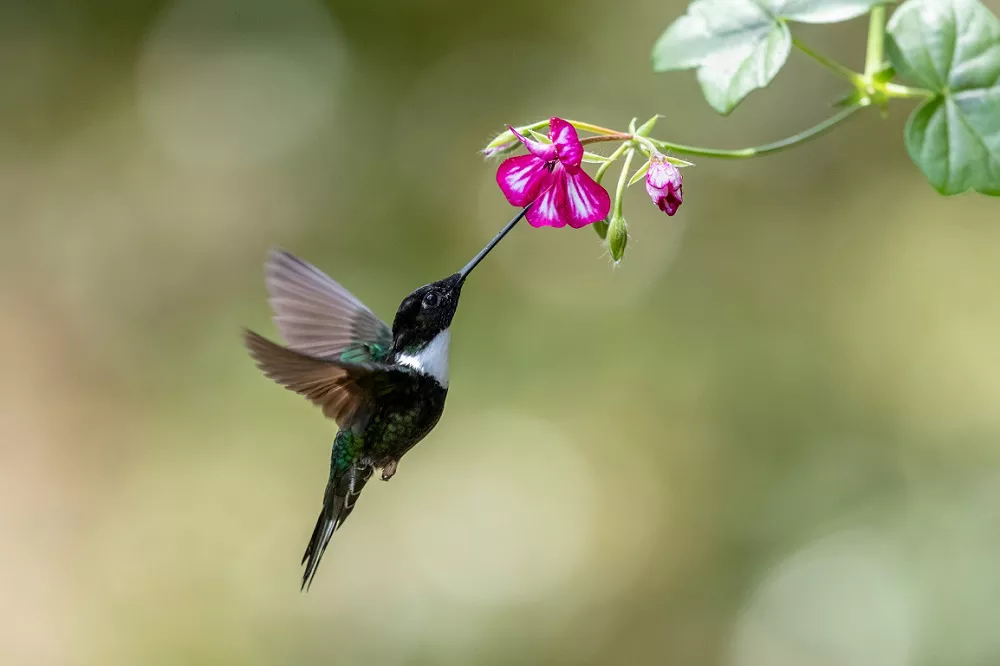Hummingbirds are beautiful and fascinating creatures, known for their small size and incredible speed. These tiny birds are also voracious eaters, consuming up to twice their body weight in nectar every day. To keep hummingbirds healthy and happy, it’s important to provide them with a steady supply of nutritious food. In this article, we’ll show you how to make hummingbird feed that will attract these delightful birds to your garden.
Ingredients for Hummingbird Feed
To make hummingbird feed, you’ll need just a few simple ingredients. The most important ingredient is sugar, which provides the energy and nutrients that hummingbirds need to survive. You’ll also need water, which dilutes the sugar and makes it easier for hummingbirds to digest. Here are the ingredients you’ll need:
- 1 part white granulated sugar
- 4 parts water
It’s important to use white granulated sugar, as other sugars such as brown sugar or honey can be harmful to hummingbirds.
Steps to Make Hummingbird Feed
Now that you have your ingredients, it’s time to make the hummingbird feed. Follow these steps to create a delicious and nutritious nectar that hummingbirds will love.
Step 1: Mix the Sugar and Water
In a pot, mix one part white granulated sugar with four parts water. For example, if you use one cup of sugar, you should add four cups of water. Stir the mixture well until the sugar dissolves completely.
Step 2: Boil the Mixture
Place the pot on the stove and bring the sugar-water mixture to a boil. Boil the mixture for one to two minutes, stirring occasionally. This will help to sterilize the solution and prevent fermentation.
Step 3: Cool the Mixture
Remove the pot from the heat and let the mixture cool to room temperature. This may take several hours, depending on the temperature of your kitchen. Do not add cold water to the mixture, as this can cause the sugar to crystallize and make it difficult for hummingbirds to digest.
Step 4: Fill the Feeder
Once the mixture has cooled, pour it into a clean hummingbird feeder. Be sure to fill the feeder only halfway, as hummingbirds need room to perch while they drink.
Step 5: Hang the Feeder
Hang the feeder in a shady spot where hummingbirds can easily find it. It’s important to keep the feeder out of direct sunlight, as this can cause the nectar to spoil more quickly.
Step 6: Clean the Feeder
Hummingbird feeders should be cleaned every few days to prevent mold and bacteria from growing. Simply empty any remaining nectar, rinse the feeder with hot water, and refill with fresh nectar.
Tips for Making Hummingbird Feed
Making hummingbird feed is easy, but there are a few tips you should keep in mind to ensure your feathered friends stay healthy and happy.
- Use only white granulated sugar, as other sugars can be harmful to hummingbirds.
- Do not add food coloring to the nectar, as it can be harmful to hummingbirds.
- Boil the mixture for one to two minutes to sterilize it and prevent fermentation.
- Let the mixture cool to room temperature before filling the feeder.
- Hang the feeder in a shady spot away from direct sunlight.
- Clean the feeder every few days to prevent mold and bacteria growth.
Conclusion
Now that you know how to make hummingbird feed, you can attract these beautiful birds to your garden and enjoy their company all season long. Remember to use only white granulated sugar, boil the mixture to sterilize it, and hang the feeder in a shady spot away from direct sunlight. With a little bit of effort, you can create a safe and nutritious environment for hummingbirds to thrive.
Related topics:
- How to Make Hummingbird Juice: A Step-by-Step Guide
- What does a Bee Hummingbird eat?
- Where Do Hummingbirds Sleep? [Revealed!]
- How to make sugar water for Hummingbirds?
- A Guide to Making Hummingbird Nectar at Home


 Facebook
Facebook  Instagram
Instagram  Youtube
Youtube 